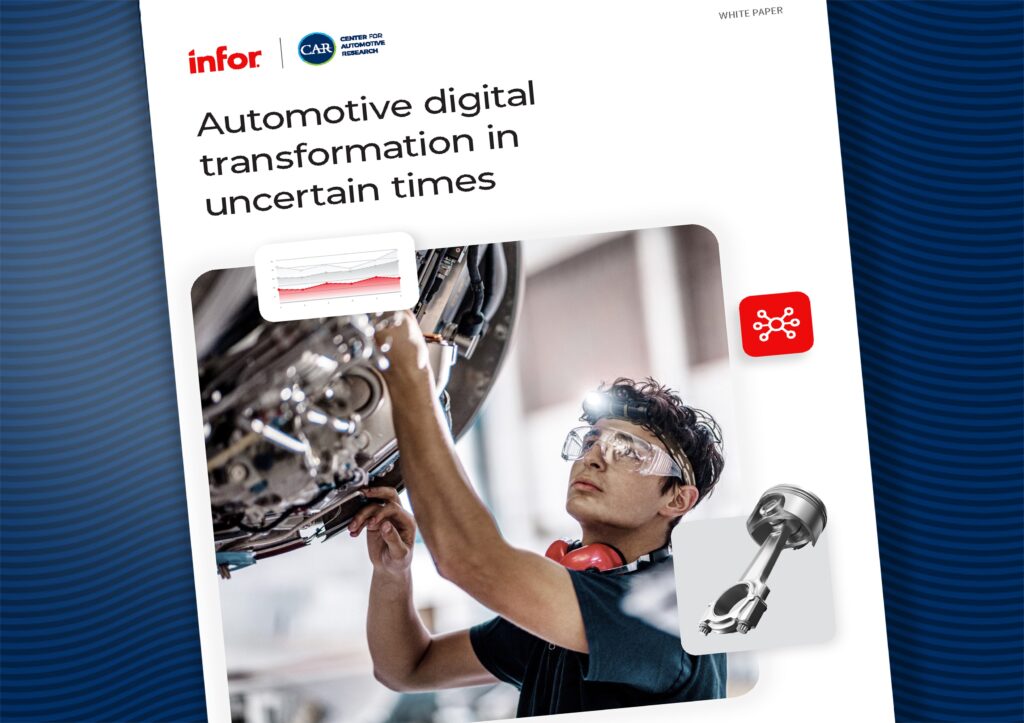Partner Whitepaper: Automotive Digital Transformation in Uncertain Times
Download NowFull Description:
Partner Whitepaper: Automotive Digital Transformation in Uncertain Times
The automotive industry is experiencing a profound CASE (Connected, Autonomous, Shared, and Electrified) driven transformation, leading to changes in virtually every aspect of the business. In addition to this CASE-related disruption, several macro factors add to the overall uncertainty, requiring a rethinking of traditional strategies to survive and thrive during this transition.
Developing an agile, resilient organization with a focus on people, processes, and technology is key to addressing uncertainty and mitigating risk. From a people perspective, as the industry becomes more technology-centric, the demand—and competition—for digital talent will only intensify. OEMs and suppliers must become employers of choice, competing with Silicon Valley for the cream of the hi-tech talent pool.
From a process perspective, winning companies must develop the ability to anticipate and respond to an increasingly complex and disrupted ‘normal’ and, more so than ever, place the customer experience at the center of their strategies, look beyond their four walls for operational excellence, and respond to opportunities with laser-like precision and speed.
Finally, organizations must implement an information technology architecture centered on a data-driven, cloud-based digital operating platform capable of providing scalability, agility, resilience, and actionable insights to achieve competitive advantage.
It may be cliché to say that the auto industry stands at a historic crossroads—but this reality also brings an unparalleled opportunity for exponential growth while building a foundation for the next 100 years.
Download Now
